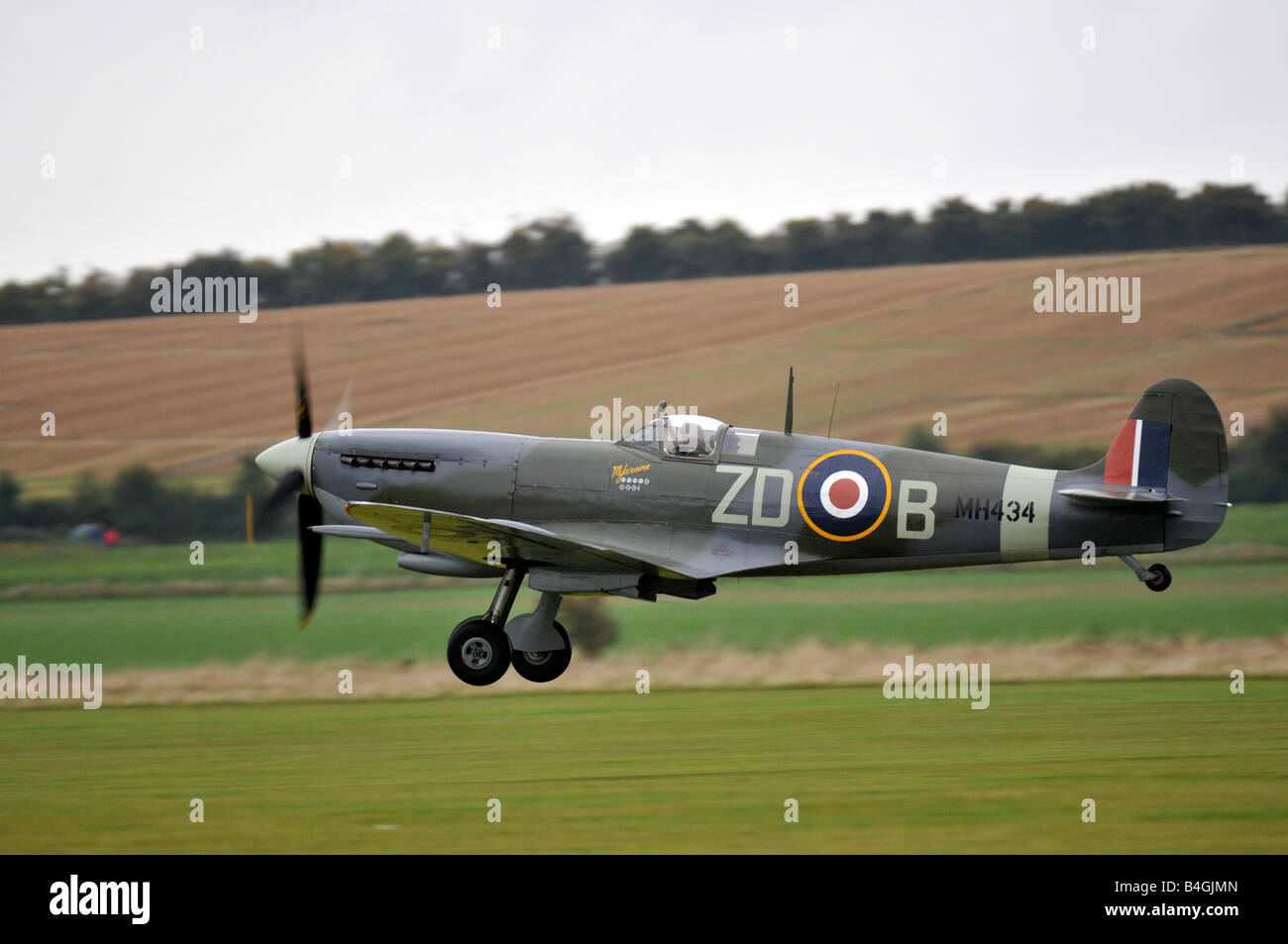

Spitfire clothing wiki series#
The Type 224 was a big disappointment to Mitchell and his design team, who immediately embarked on a series of "cleaned-up" designs, using their experience with the Schneider Trophy seaplanes as a starting point. Of the seven designs tendered to F7/30, the Gloster Gladiator biplane was accepted for service. It made its first flight in February 1934. The 224 was an open-cockpit monoplane with bulky gull-wings and a large, fixed, spatted undercarriage powered by the 600-horsepower (450 kW), evaporatively cooled Rolls-Royce Goshawk engine. Mitchell designed the Supermarine Type 224 to fill this role. In 1931 the Air Ministry released specification F7/30, calling for a modern fighter capable of a flying speed of 250 mph (400 km/h). 6.1 Search for reported surviving Spitfires in Burmaĭevelopment and production Origins.2.4 Carburetion vis-à-vis fuel injection.1.3 Manufacturing at Castle Bromwich, Birmingham.As a result, the Spitfire's performance and capabilities improved over the course of its service life. Although the original airframe was designed to be powered by a Rolls-Royce Merlin engine producing 1,030 hp (768 kW), it was strong enough and adaptable enough to use increasingly powerful Merlins and, in later marks, Rolls-Royce Griffon engines producing up to 2,340 hp (1,745 kW). The Seafire was a carrier-based adaptation of the Spitfire that served in the Fleet Air Arm from 1942 through to the mid-1950s. Much loved by its pilots, the Spitfire served in several roles, including interceptor, photo-reconnaissance, fighter-bomber, and trainer, and it continued to serve in these roles until the 1950s. During the battle, Spitfires were generally tasked with engaging Luftwaffe fighters-mainly Messerschmitt Bf 109E-series aircraft, which were a close match for them.Īfter the Battle of Britain, the Spitfire superseded the Hurricane to become the backbone of RAF Fighter Command, and saw action in the European, Mediterranean, Pacific, and South-East Asian theatres.

Spitfire units had a lower attrition rate and a higher victory-to-loss ratio than those flying Hurricanes because of the Spitfire's higher performance. Mitchell continued to refine the design until his death in 1937, whereupon his colleague Joseph Smith took over as chief designer, overseeing the Spitfire's development throughout its multitude of variants.ĭuring the Battle of Britain (July–October 1940), the public perceived the Spitfire to be the main RAF fighter, though the more numerous Hurricane shouldered a greater proportion of the burden against the German Air Force, as the Spitfire was a better fighter. Mitchell pushed the Spitfire's distinctive elliptical wing with innovative sunken rivets (designed by Beverley Shenstone) to have the thinnest possible cross-section, helping give the aircraft a higher top speed than several contemporary fighters, including the Hawker Hurricane. Mitchell, chief designer at Supermarine Aviation Works, which operated as a subsidiary of Vickers-Armstrong from 1928. The Spitfire was designed as a short-range, high-performance interceptor aircraft by R. The Spitfire continues to be popular among enthusiasts around 70 remain airworthy, and many more are static exhibits in aviation museums throughout the world. It was also the only British fighter produced continuously throughout the war. Many variants of the Spitfire were built, using several wing configurations. The Supermarine Spitfire is a British single-seat fighter aircraft that was used by the Royal Air Force and other Allied countries before, during, and after World War II. Audio recording of Spitfire fly-past at the 2011 family day at RAF Halton, Buckinghamshire


 0 kommentar(er)
0 kommentar(er)
